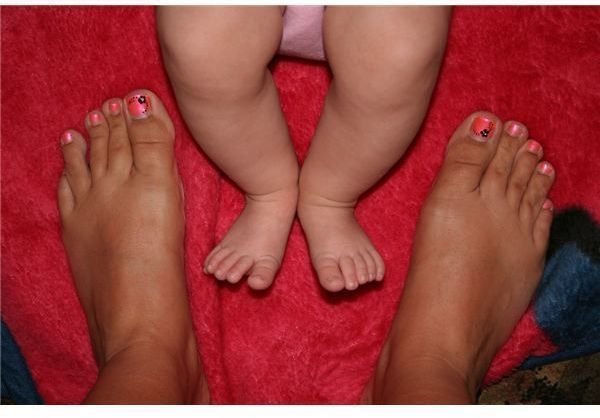A Preschool Theme on Opposites: Learning Through Songs, Games and Art
Discussion and Circle Time Game
Young children are naturally curious about what is alike and different in their world. Children come to understand the concept of opposites by using their five senses. By giving them chances to explore opposites, children will begin to learn skills in math, science, and problem solving. Include the differences between big/little, hot/cold, up/down, loud/soft, and hard/soft. After your class has mastered these concepts, go on to high/low, sweet/sour, on/off, over/under, and so on.
During circle time, play this game that gets the children involved with opposites. Take index cards and draw pictures on each. For example, on one card draw a big square and the other card a small square, or draw a happy face on one card and a sad face on another. Continue making pairs of cards to include: a glass full and empty, a person tall and short, a door opened and closed, a moon for night and a sun for day, and so on.
Give each child a picture and ask them to find the other child with the opposite card. Have the pair stand back to back. When all the children are paired up, ask them to name their pictures and check their understanding of the two opposites. Gather the cards, shuffle them and play the game again. Continue playing until the children lose interest, but bring back this game another day as repetition is the key to learning.
Opposites Texture Box
Is it rough, smooth, scratchy or soft? Have the children use their fingers to feel textured objects in this project. Children will love “seeing” with their fingers!
Materials:
- egg carton
- school glue
- cotton balls
- sand paper
- velvet
- corduroy
- corrugated cardboard
- sponges
- feathers
- cork
- any other items you may have that has texture
Procedure:
- Help each child glue a small piece of each item into the empty sections of an egg carton.
- Invite the children to reach inside with a pointed finger to feel the textures. Ask, “How does it feel? Soft? Rough? Smooth?”
- Encourage the children to take their cartons home and tell their families about the different textures they feel and what they learned in school today.
Big and Little Walk
Take your group outside (weather permitting) for a “big and little” walk. Show them a big leaf and a little leaf. Continue to look for other big and little objects such as stones, twigs, flowers, and so on. Provide the children with a bag or bucket to collect items to take back to the classroom to observe. For objects not suitable for collecting, ask the children to point them out, for example dogs and trees.
Another time, play this observation game indoors looking at toys and other items in the classroom. Think about the sizes of feet too.
Light and Dark Pictures
As the children create these pictures they will get an understanding of light and dark.
Materials:
- white construction paper
- school glue
- safety scissors
- assorted light and dark-colored collage materials
Procedure:
- Give each child two sheets of paper.
- Provide a variety of light and dark colored collage materials. Examples are tissue paper, yarn, ribbon, felt, fabrics, feathers, and so on.
- Invite the children to put the items in two groups: light and dark.
- Encourage them to make a “light” picture using glue and materials from the light group.
- Next, have them make a “dark” collage following the same instructions as above from materials in the dark group.
- Over the next few days, point out the children’s clothing and mention the light and dark colors that they are wearing.
Opposites Song
Sing this song together to the tune of “Jingle Bells.”
Hot and cold, new and old,
Opposites I know.
Fat and thin, out and in,
Top and bottom, high and low.
______________________
Smile and frown, up and down,
Loud and quiet sounds.
Wet and dry, hello, good-bye,
And the shapes of square and round.
(Author Unknown)
Teaching preschoolers about opposites is a fun theme. These are only a few activities to get your started but there are many other activities, such as making an opposite book to continue this concept.
Activities from personal experience in the classroom
Photo credit: by Nesstor4u2 - https://www.morguefile.com/archive/display/209505
